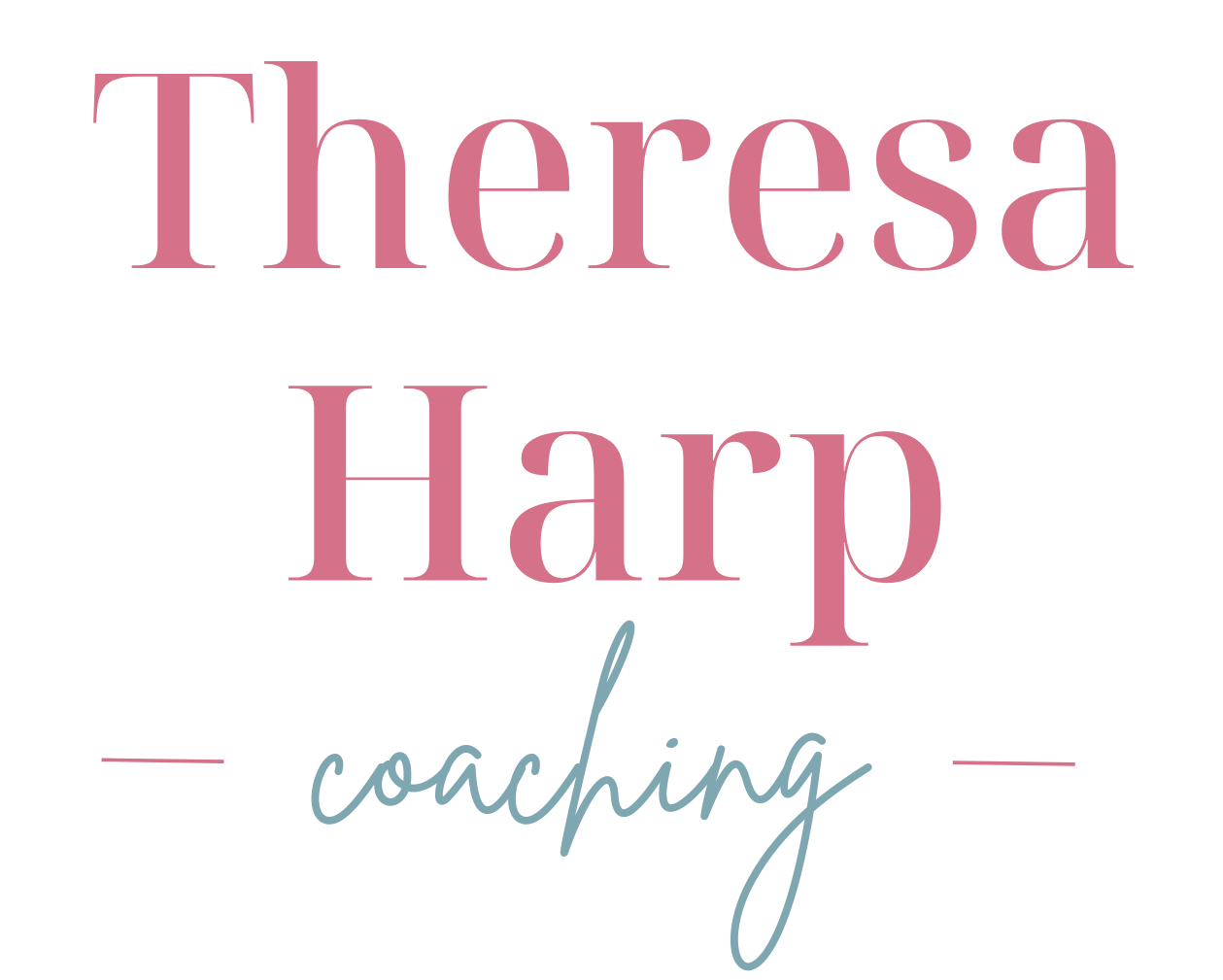#56. A System to Keep Your Office Tidy
Feeling overwhelmed by clutter every time you sit down to work? You’re not alone. Many professionals, especially those with busy schedules and neurodivergent brains, find that a messy workspace can be a major barrier to productivity. But what if there was a simple, effective system to help you clear the clutter and get focused in just five minutes? In this post, I’ll share a strategy that has transformed my workday and could do the same for you. Ready to reclaim your time and workspace? Let’s dive in!
Whether you’re working from a bustling clinic, a home office, or somewhere in between, we all know the challenge of maintaining a tidy workspace. In today’s post, I’m diving deep into a simple yet powerful system that has transformed how I approach my workday. If you’ve ever found yourself sidetracked by clutter or struggling to start your tasks, this system might just be the key to unlocking your productivity.
The Challenge of Staying Focused Amidst Clutter
Picture this: You finally have a brief moment between sessions—a precious 15 minutes to catch up on notes or prep for the next client. You sit down, ready to dive in, but then you notice the clutter around you. Papers are scattered, random items are taking up space, and suddenly, instead of working, you’re tidying. You move one thing, then another, and before you know it, your break is over, and you haven’t even started what you intended to do.
This scenario is all too familiar, isn’t it? It used to be my daily reality. The visual clutter was more than just a minor annoyance—it was a significant barrier to my productivity. For those of us with neurodivergent brains, particularly those with ADHD, this challenge can be even more pronounced. Task initiation can be incredibly difficult, and when clutter is involved, it feels almost impossible.
The System: Simple, Yet Effective
Here’s a straightforward system that I’ve implemented and found incredibly helpful. It’s all about preparing your mind and environment for productivity. First, I created a five-minute playlist—a kind of guided meditation that helps me transition into work mode. During those five minutes, I tidy up my workspace, focusing on just the essentials. The key here is to keep it simple: clear only what’s necessary to avoid getting sucked into a cleaning rabbit hole.
While tidying, I also visualize the task I’ll start once the playlist ends. I think through the materials I’ll need, where to find them, and what steps I’ll take. By the time my playlist ends and a new, more upbeat track begins, I’m ready to dive into work with a clear plan and a clutter-free space.
Customizing the System to Fit Your Needs
What makes this system so effective is its flexibility. It’s not a one-size-fits-all solution; rather, it’s a framework that you can adapt to suit your specific needs. For some, five minutes might be the perfect amount of time to tidy up and transition into work mode. For others, it might be necessary to extend this period slightly, especially if the clutter has built up over time.
However, the key is setting boundaries. If you know you’re prone to getting lost in cleaning tasks, limit your tidying to just the essentials. Remember, the goal is to initiate your task efficiently, not to spend all your time organizing. This system is particularly beneficial for those who struggle with task initiation, a common challenge for individuals with ADHD. It provides a structured approach to overcoming that initial hurdle of getting started, which is often the hardest part.
The Power of Visualization and Task Preparation
One of the most effective aspects of this system is the use of visualization. As I tidy my workspace, I’m not just clearing away physical clutter; I’m also mentally organizing my upcoming tasks. I think through the steps I’ll need to take, the materials I’ll require, and where I can find them. This mental preparation is crucial because it helps reduce the cognitive load when I sit down to start the task. I’m not scrambling to remember what I need to do—I’ve already mapped it out in my mind.
This process also involves a bit of self-awareness. As you tidy and prepare, it’s important to ask yourself: Am I avoiding the task, or am I genuinely preparing to start? This distinction is crucial because it’s easy to fall into the trap of procrastination under the guise of preparation. By staying mindful of this, you can ensure that your tidying and visualization are truly setting you up for success.
Final Thoughts
Creating a tidy workspace and developing systems that support productivity is essential for all of us, but it’s especially important for those of us who may struggle with task initiation or managing distractions. By implementing a simple system like the one I’ve shared today, you can set yourself up for success and make the most of your valuable time.
Join the Conversation
Do you want to hear more ideas or do you already have a stellar idea and want to share it… Join our SLP Support Group on Facebook to connect with fellow professionals and share insights and strategies.

